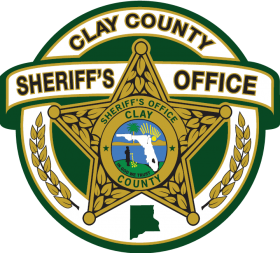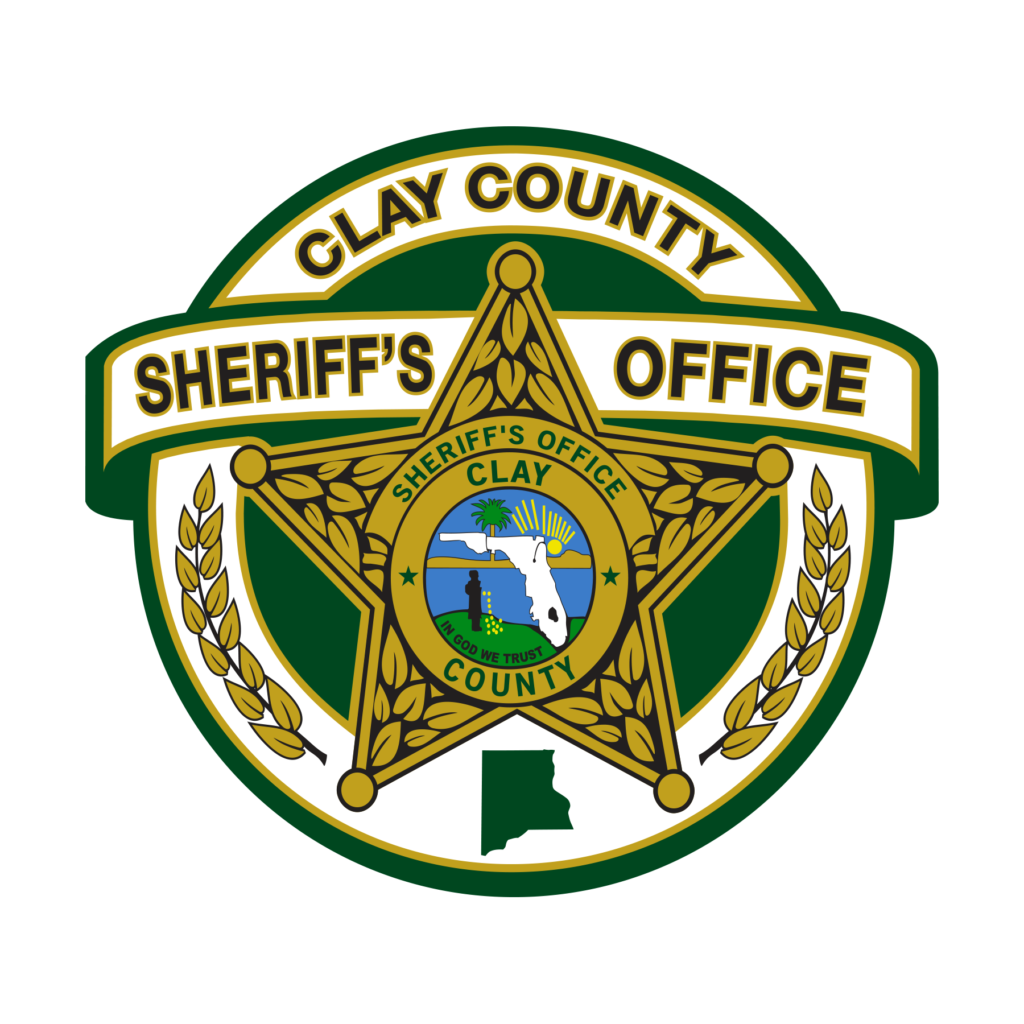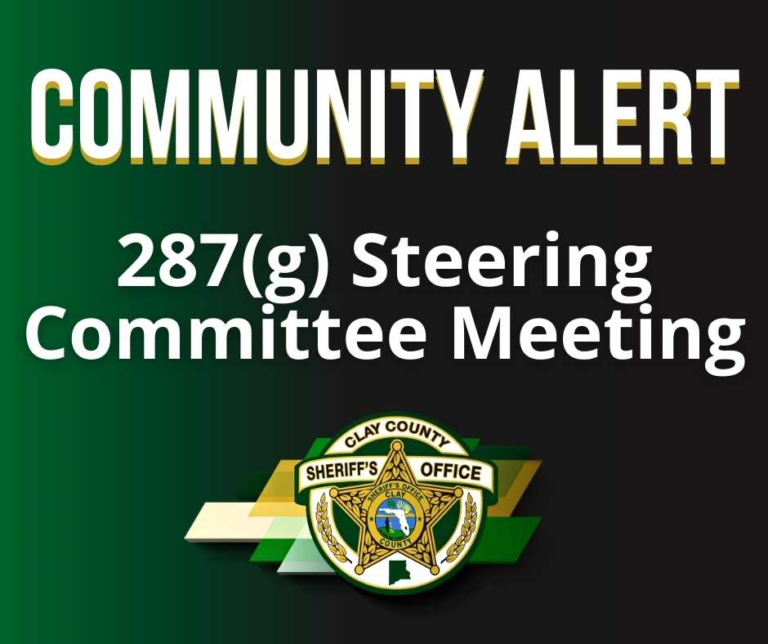Clay County has several great bike trails for any level bicyclist to enjoy. Additionally, many bicycling groups enjoy miles of well-paved roads throughout the county. Our agency also has a bike unit equipped to assist in the community with everything from crime prevention, criminal apprehension and safety fairs for our youth.
The Northeast Florida Bicycle Club’s website is a great source of event and safety information. Before you head out on a bike trail or a roadway, there are things you can do to make sure your bicycle is safe to ride. Also, please make sure you are aware of bike-related laws.
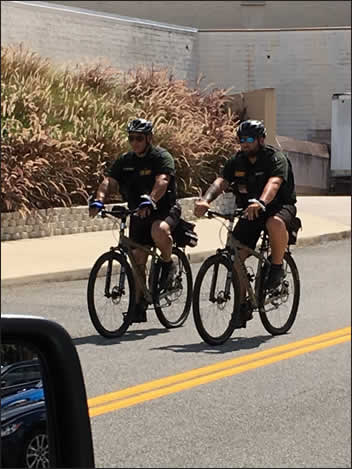
Bicycle Safety Tips
- Make sure your bicycle is the right size for you. When you are on your bike, stand straddling the top bar so that both feet are flat on the ground.
- Tighten your bike’s seat, handlebars and wheels. Make sure the wheels are straight.
- Check and oil your chain regularly.
- Always check your brakes before riding to make sure they are working properly.
- Check your tires to make sure they have enough air and the correct tire pressure.
- Attach a basket to your handlebars or a rack over your rear tire instead of carrying anything in your hands.
- Put reflectors on your bike to help people see you. For example, place a red reflector (three inches across) behind your front seat, a white reflector in front of the handlebars and other reflectors in the spokes of both wheels.
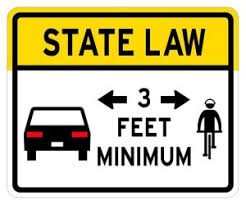
In Florida, the bicycle is legally defined as a vehicle, but not a motor vehicle. A bicyclist has the same rights as drivers of other vehicles, except in those cases in which special provisions have been adopted for bicycles. A bicyclist must obey the traffic laws and traffic control devices that apply to a driver of any vehicle. A cyclist on a roadway must ride in the direction of traffic. Cycling in the opposite direction, so as to face oncoming traffic, is a contributing cause in many bicycle crashes.
Bicycle Regulations – Section 316.2065, F.S.
A bicycle may not be used to carry more persons at one time than the number for which it is designed or equipped. A bicycle rider or passenger under age 16 must wear a bicycle helmet that meets a nationally recognized standard. Under federal law, bicycle helmets manufactured since March 1999 are required to meet the CPSC (Consumer Product Safety Commission) standard. A helmet purchased before October 1, 2012, which meets the standards of the American National Standards Institute (ANSI Z 90.4 Bicycle Helmet Standards), the standards of the Snell Memorial Foundation (1984 Standard for Protective Headgear for Use in Bicycling), or any other nationally recognized standards for bicycle helmets adopted by the department may continue to be worn by a bicycle rider or passenger until January 1, 2016. At least one hand must be kept on the handlebars while riding. Parents or guardians must not knowingly allow a child or minor ward to violate any provision of this section.
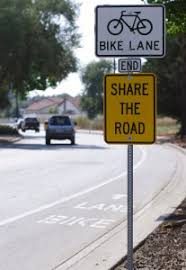
Sidewalk Riding – Section 316.2065, F.S.
When riding on a sidewalk or crosswalk, a bicyclist has the rights and duties of a pedestrian. Since a cyclist riding on a sidewalk does not have the duties (or rights) of a driver, he/she may ride in either direction. (However, it is safer to ride in the direction of traffic, since drivers do not expect cyclists to come from the other direction at driveways and crosswalks.) At a signalized intersection, he/she must obey the instructions of any applicable pedestrian control signal. A bicyclist riding on sidewalks or in crosswalks must yield the right-of-way to pedestrians and must give an audible signal before passing. Law enforcement officers and school crossing guards may issue a bicycle safety brochure and a verbal warning to a bicycle rider or passenger who violates this subsection. A bicycle rider or passenger who violates this subsection may be issued a citation by a law enforcement officer and assessed a fine for a pedestrian violation.
Signaling for Turns – Sub-sections 316.155(2) and 316.157(2), F.S.
No person may turn a vehicle from a direct course or move right or left upon a highway unless and until such movement can be made with reasonable safety, and then only after giving an appropriate signal in the manner hereinafter provided, in the event any other vehicle may be affected by the movement. A signal of intention to turn must be given during the last 100 feet traveled by the vehicle before turning. If a bicyclist needs both hands for control, the signal need not be given continuously. A cyclist signals intent to turn left by extending the left arm horizontally. A bicyclist may signal intent to turn right either by extending the left hand and arm upward or by extending the right hand and arm horizontally to the right side of the bicycle.
Bicycling Safety Videos
- Rules of the Road
- Bike Riding Safety
- Fitting a Bike Helmet
* Video content provided by the National Highway Traffic Safety Administration


